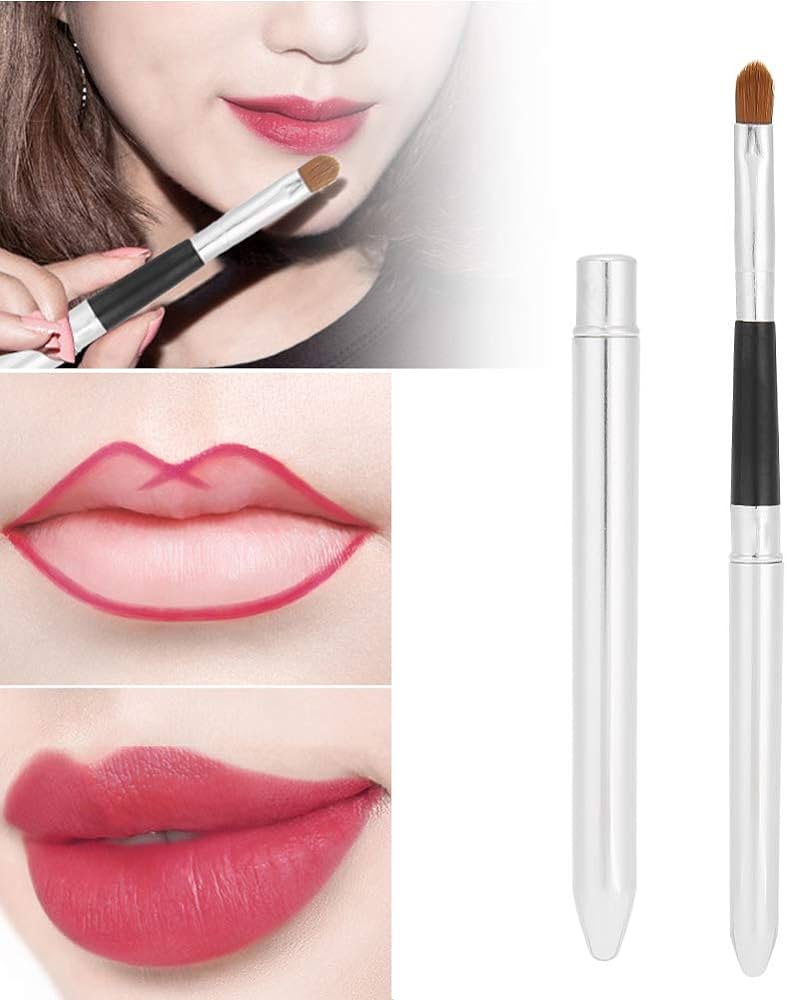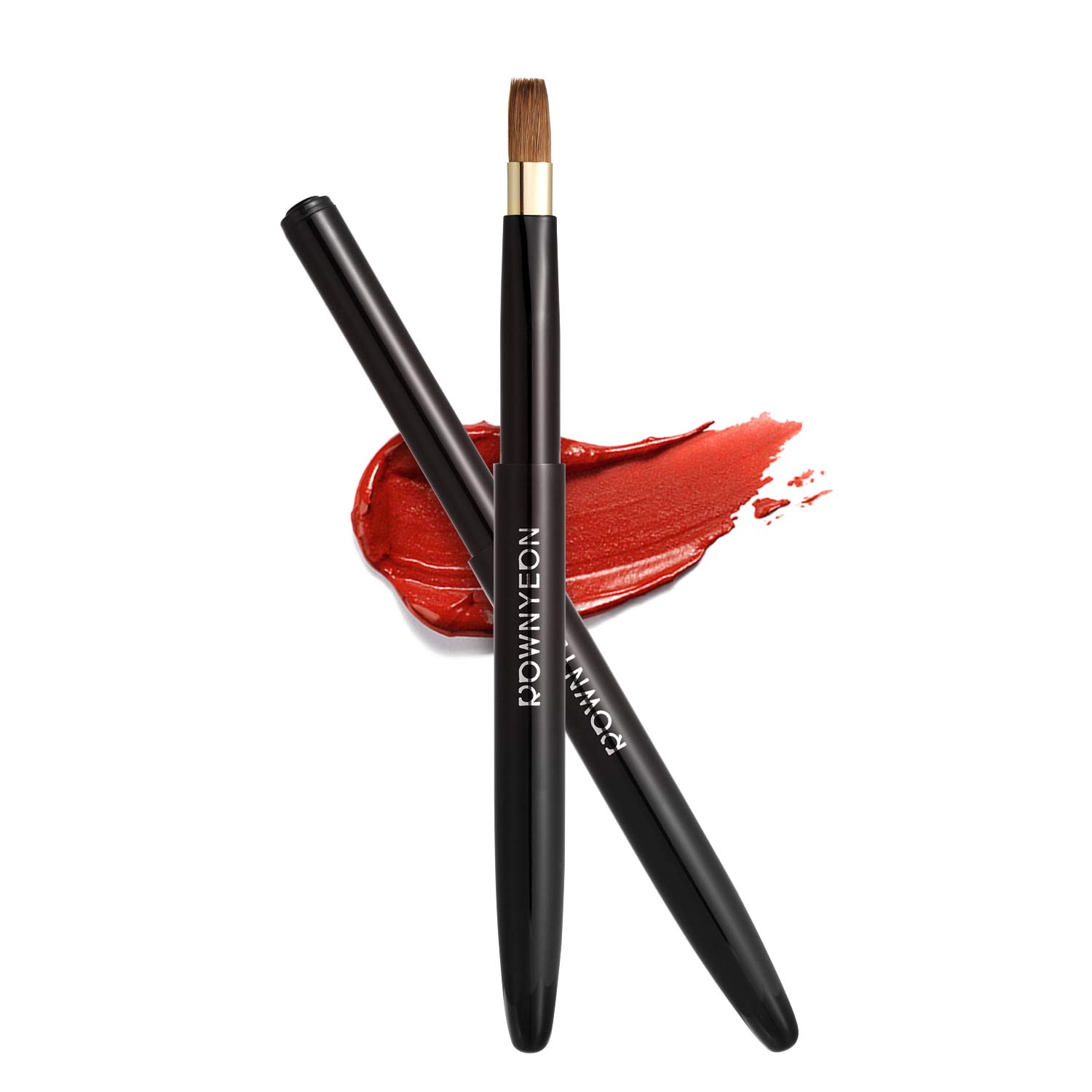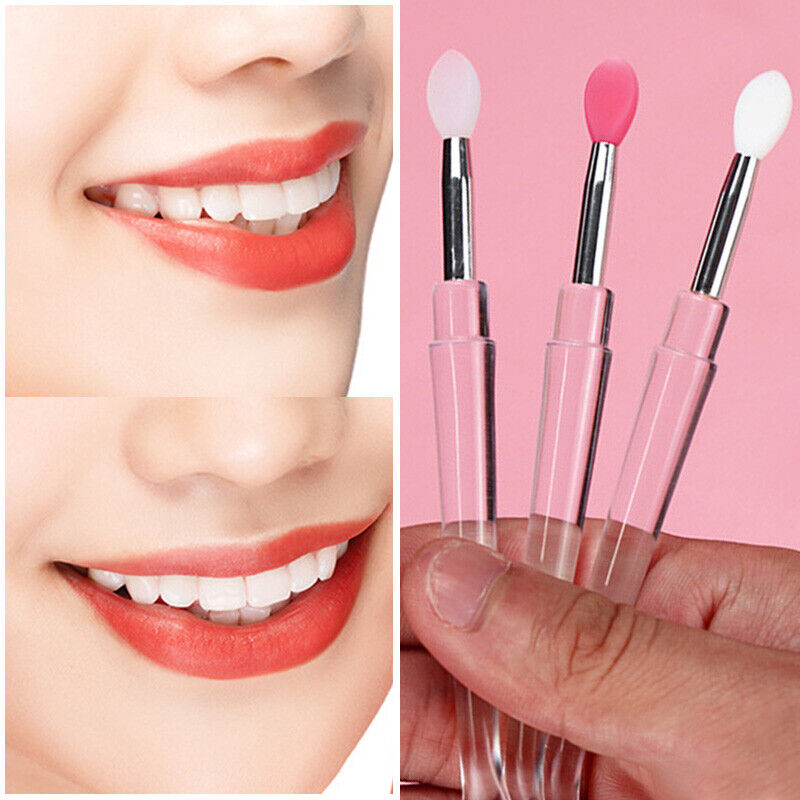




Introduction
In the realm of makeup artistry, few tools can rival the precision and transformative power of a lipstick brush. This humble yet essential accessory has the ability to elevate your lipstick application from ordinary to extraordinary, ensuring a flawless, polished finish that exudes confidence and style. Whether you’re aiming for a classic, everyday lip look or a bold, statement-making pout, a lipstick brush is your secret weapon to achieving lip perfection.
A Brief History of Lipstick Brushes
The origins of lipstick brushes can be traced back to the early days of modern cosmetics, when makeup artists began experimenting with various techniques to enhance the application of lipstick. Initially, they would use small brushes or even their fingers to apply lipstick, but these methods often resulted in uneven, messy application.
The development of dedicated lipstick brushes in the 20th century marked a significant step forward in makeup artistry. These brushes, crafted with soft, natural bristles, allowed for precise and controlled application of lipstick, creating a more defined and polished lip look. As makeup techniques evolved, so did lipstick brushes, with a wider variety of shapes, sizes, and bristle materials becoming available to cater to different preferences and desired looks.
Types of Lipstick Brushes
Today, lipstick brushes come in a diverse array of types to suit individual preferences and application styles. Here’s a breakdown of the main categories:
Based on Bristle Material:
-
Natural Bristle Lipstick Brushes: Natural bristle lipstick brushes, typically made from animal hair such as sable or goat, are known for their softness and ability to blend and diffuse color seamlessly. They are particularly well-suited for applying sheer or satin lipsticks.
-
Synthetic Bristle Lipstick Brushes: Synthetic bristle lipstick brushes, made from nylon or other synthetic fibers, offer durability, ease of cleaning, and cruelty-free options. They tend to be firmer than natural bristle brushes, making them ideal for applying matte or bold lipsticks.
Based on Brush Shape:
-
Flat Lipstick Brushes: Flat lipstick brushes, with a flat, rectangular head, provide precise application and a defined lip line. They are perfect for creating sharp, defined looks and can be used to apply both liquid and solid lipsticks.
-
Pointed Lipstick Brushes: Pointed lipstick brushes, with a tapered, pointed head, offer precision and control for detailed application. They are ideal for outlining lip lines, filling in corners, and creating intricate lip art designs.
-
Round Lipstick Brushes: Round lipstick brushes, with a rounded, domed head, provide a smooth, even application. They are well-suited for applying sheer or satin lipsticks and can be used to blend and diffuse color for a natural look.
-
Angled Lipstick Brushes: Angled lipstick brushes, with a head that is angled at an angle, offer versatility and control. They can be used to apply lipstick with precision, define lip lines, and create a variety of lip looks.
Brush Size:
-
Precision Lipstick Brushes: Precision lipstick brushes, with a small, fine head, are designed for detailed application and outlining lip lines. They are ideal for those with thin lips or who prefer a precise, defined lip look.
-
Full-Coverage Lipstick Brushes: Full-coverage lipstick brushes, with a larger, wider head, provide even, full-coverage application. They are suitable for those with fuller lips or who prefer a bold, statement-making lip look.
-
Travel Lipstick Brushes: Travel lipstick brushes, typically retractable or compact, offer portability and convenience. They are perfect for on-the-go touch-ups or those with limited makeup storage space.
Benefits of Using a Lipstick Brush
Incorporating a lipstick brush into your makeup routine offers a multitude of benefits that can elevate your overall lip look:
-
Precise Application: A lipstick brush allows for precise and controlled application of lipstick, ensuring a neat, defined lip line and preventing lipstick from bleeding or feathering outside the lip line.
-
Smooth, Even Coverage: The bristles of a lipstick brush help to distribute lipstick evenly, creating a smooth, flawless finish without streaks or patches. This is particularly important for applying matte or bold lipsticks, which can be more prone to uneven application.
-
Defined Lip Line: Using a lipstick brush helps to define and sharpen the lip line, creating a more symmetrical and balanced appearance. This can be particularly beneficial for those with thin lips or uneven lip lines.
-
Reduced Lipstick Waste: By using a lipstick brush, you apply only the necessary amount of lipstick, reducing waste and extending the life of your lipstick products.
-
Enhanced Color Payoff: The bristles of a lipstick brush help to blend and diffuse the color of lipstick, intensifying the pigment and creating a more vibrant, long-lasting finish.
How to Choose the Right Lipstick Brush
With the vast array of lipstick brushes available, choosing the right one can feel overwhelming. Here are some key factors to consider:
-
Consider Your Lip Shape and Size: If you have thin lips, a pointed or precision lipstick brush can help you create a defined lip line and achieve a fuller look. For fuller lips, a flat or angled lipstick brush allows for precise application and helps maintain the natural shape of your lips.
-
Match the Brush Shape to Your Desired Application: For a classic, everyday lip look, a round or flat lipstick brush is a good choice. If you’re aiming for a bold, statement-making lip, an angled lipstick brush can help you achieve clean lines and sharp definition. Pointed lipstick brushes are ideal for creating intricate lip art designs.
-
Choose the Right Bristle Material for Your Preference: Natural bristle brushes offer a softer touch and are well-suited for sheer or satin lipsticks. Synthetic bristle brushes are more durable, easier to clean, and a good choice for matte or bold lipsticks. Consider your personal preference and the type of lipsticks you use most often.
-
Select the Right Brush Size Based on Your Needs: Precision brushes are ideal for detailed application, while full-coverage brushes provide even color distribution. Travel brushes offer portability for on-the-go touch-ups. Choose the size that best suits your application needs and makeup routine.
How to Use a Lipstick Brush
For a flawless and professional-looking lip application with your lipstick brush, follow these steps:
-
Start with Clean and Dry Lips: Exfoliate your lips to remove dead skin cells that can create a bumpy texture. Apply a thin layer of lip balm to hydrate and soften your lips, ensuring a smooth canvas for lipstick application.
-
Apply a Small Amount of Lipstick to the Back of Your Hand: This allows you to control the amount of product you pick up with the brush and prevents over-application.
-
Dip the Brush into the Lipstick: Gently swirl the brush tip in the lipstick to pick up a small amount of product. Avoid overloading the brush, as this can lead to bleeding or smudging.
-
Apply the Lipstick to Your Lips Using Short Strokes: Start by outlining your lips with the brush, following your natural lip line. Then, fill in the center of your lips using short, back-and-forth strokes.
-
Blend and Smudge for a Natural or Bold Look: Depending on your desired effect, you can use the brush to blend the edges of your lipstick for a softer, more natural look. Alternatively, leave the lines sharp for a bolder look. You can even smudge the lipstick slightly beyond the lip line for a diffused effect.
-
Clean Your Lipstick Brush After Each Use: Regularly cleaning your lipstick brush is essential to prevent the buildup of bacteria and ensure hygiene. Use a gentle brush cleanser or lukewarm soapy water to clean the bristles. Rinse thoroughly and allow the brush to dry completely before storing it.
Lipstick Brush Care and Maintenance
To maintain the quality and performance of your lipstick brushes, proper care and maintenance are essential:
-
Wash Your Lipstick Brush Regularly: Ideally, wash your lipstick brushes at least once a week with a gentle brush cleanser or lukewarm soapy water. This removes makeup residue, bacteria, and oils that can accumulate over time.
-
Dry Your Lipstick Brush Thoroughly: After washing your brushes, ensure they dry completely before storing them. Moisture can lead to the growth of bacteria and damage the bristles. Lay the brushes flat on a clean towel or brush drying rack to air dry.
-
Store Your Lipstick Brush Properly: Store your lipstick brushes in a cool, dry place, preferably in a brush holder or makeup bag. This keeps them protected from dust, dirt, and damage while maintaining their shape.
Troubleshooting Lipstick Brush Issues
Even with proper care, you may encounter some common issues with your lipstick brushes. Here’s how to address them:
-
The Brush is Too Stiff: If your lipstick brush feels too stiff, it might be a new brush that needs breaking in. You can try gently swishing the bristles back and forth or using a small amount of lip balm to soften them slightly.
-
The Brush is Too Soft: An overly soft brush might not provide enough control for precise application. You can try washing the brush with lukewarm water to remove any leftover product that might be making it limp.
-
The Brush is Shedding Bristles: Occasional shedding is normal, especially with natural bristle brushes. However, excessive shedding indicates a worn-out brush. It’s time to replace the brush if it continues to shed excessively.